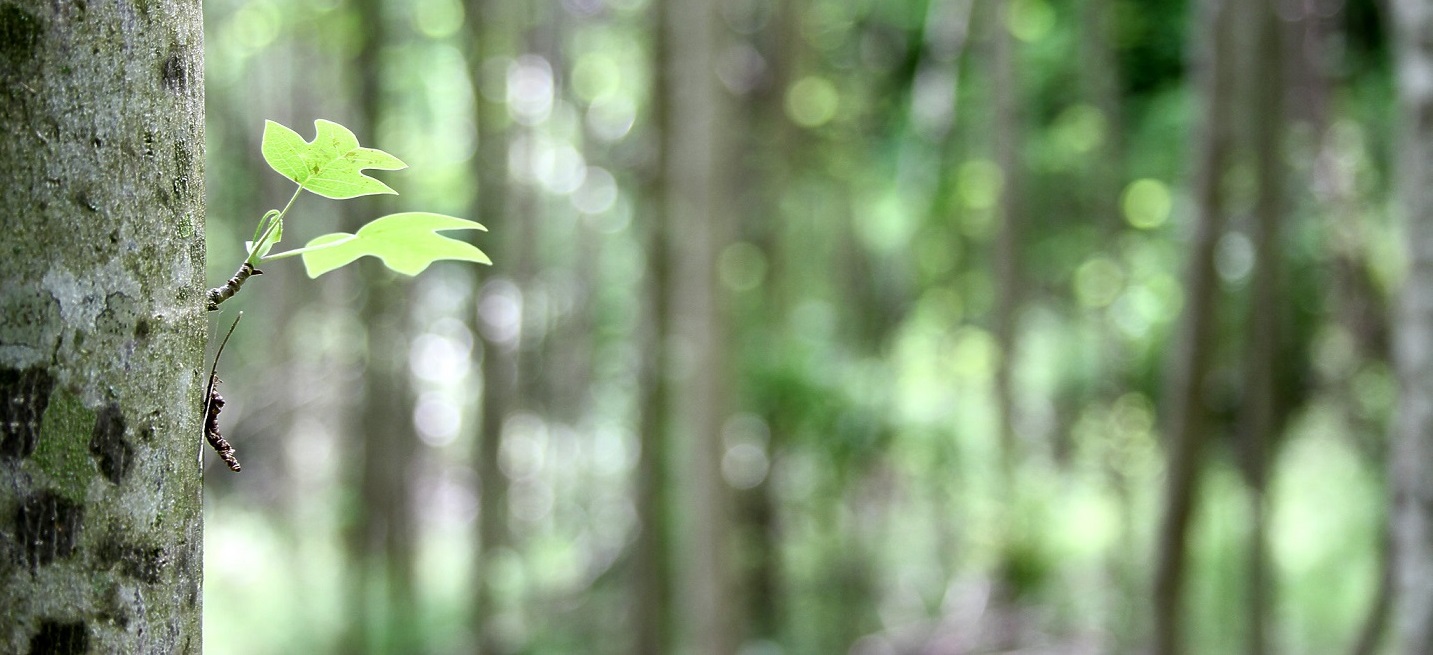Stakeholder analysis of the Southeast Conservation Adaptation Strategy

As the Southeast Conservation Adaptation Strategy (SECAS) continues to prepare for the future, it is important to take a look and create a baseline of stakeholders’ thoughts and opinions in order to continue serving them in a thoughtful, intentional manner. As part of a formal examination of governance and conservation outcomes, the SECAS Futures project focuses on what the stakeholders of SECAS see as important, identifying potential improvements, and describing current and future needs for supporting the partnership.
For this section of the project, a group of 22 stakeholders, including points of contact for state and federal agencies and lead coordination team members, were interviewed on a handful of topics. Interviewees were first asked to describe their involvement with SECAS. Half of the respondents have been involved with SECAS since the beginning. Respondents were next asked about how they have been involved with the Southeast Conservation Blueprint in particular, with nine people saying they were involved with the creation of the Blueprint itself, from merging old Landscape Conservation Cooperative files to supplying data.
Important takeaways from the stakeholder evaluation include the aspects of SECAS that are most useful and should continue to be prioritized. The two most common practices identified were assisting in setting conservation priorities and fostering relationships among diverse agencies. In setting conservation priorities, the Conservation Blueprint was named as an important product that brings overarching data and perspectives down to the local and regional level. Fostering relationships and collaboration between agencies is an important aspect of SECAS, and as one participant noted, “Engagement through SECAS helps connect dots we probably would have avoided.” Relationship growth between agencies aids in strengthening the SECAS partnerships, as well as connecting agencies together with similar interests. While there were a lot of positive aspects that came out of conversation with stakeholders, they also identified limitations and barriers to SECAS. The most common limitation mentioned was the misalignment of goals between SECAS and partner agencies.
Stakeholders were also asked to identify specific ways that SECAS could improve. The most common response was that communication could improve, and they listed specific ways that this could be done. Expanding communication throughout multiple levels of partner organizations is a way to get others involved. Further, communication could be improved by SECAS getting its name out to more individuals within partner organizations, just so others are aware of what SECAS is and does, and how the partner organizations can get involved. Another potential improvement involved bringing more organizations to the table. Bringing more agencies with different perspectives into the partnership allows for broadening the SECAS mission.
As an overall summary, stakeholders value SECAS as a forum for cross-state collaboration and as a means to align across sectors to achieve a common goal. In positioning for the future, stakeholders identified improving communications throughout the partnership as a key area for improvement.
Kathryn Jewell is a graduate student at North Carolina State University working on her MS degree in the Fisheries, Wildlife, and Conservation Biology Program housed in the Department of Forestry and Environmental Resources.